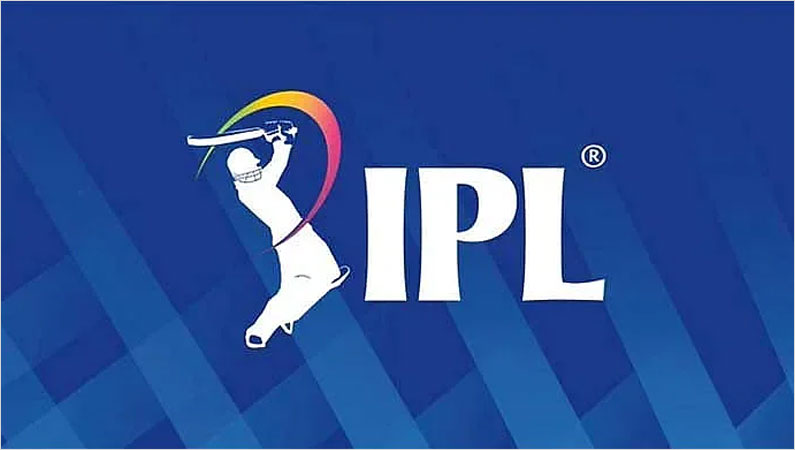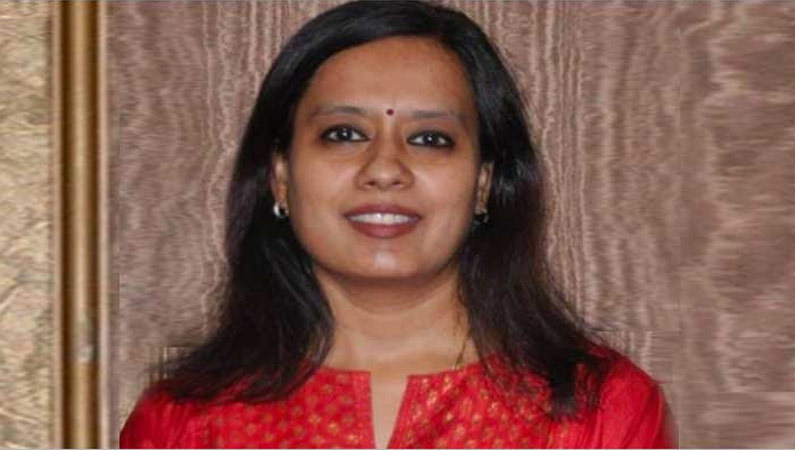The connected world and rise of digital technologies are ushering in a more precise, data-driven era, creating huge opportunities for insurers to demonstrate their value and to reap the financial rewards of doing so: PwC Aegon Life is a new-age digital service company that aims to establish a direct dialogue with its customers for greater clarity and transparency, thereby eliminating the external agents. In conversation with the Pitch team, Mandeep Singh Gulati, DVP – Marketing, Aegon Life Insurance discussed in details about how the digital transformation has affected the Insurance Industry- Excerpts- How has the life insurance industry evolved over the past few years? The evolution of the Indian life insurance industry has been phenomenal. One of the major drivers of this shift has been the penetration of technology as a medium to reach consumers. With the advent of Internet and technology, insurance companies can reach out to the end customer directly and can cross sell across the entire country at the push of button while spurring greater awareness about types of insurance products. This has led to stiff competition amongst players, putting some pressure on life insurers when it comes to designing and pricing products and simplifying onboarding. This competition is in turn benefitting the end consumer. I believe technology can overcome any possible challenge and enable India’s untapped insurance market to reach its optimum potential. The current size of insurance industry is about Rs 92,000crore in which Term insurance is approx. Rs829 crore(0.9%), most of the term insurance are sold online or directly to the consumer. How has digital transformation affected the insurance industry? Digitization has changed the insurance industry significantly. With millennials accounting for a growing segment of the market, and demanding digital and mobile-centric solutions, insurance companies are setting out to meet these expectations of the market. Gone are the days when buying insurance meant shuffling through hours of jargon and paperwork while dealing with pesky insurance agents. Instead, the new revolutionized world of digital insurance makes the process easy and hassle free. Simplified and flexible insurance products, that enable ease of buying, and smart ongoing engagement are likely to transform India’s life insurance market. Most players today, are using Facebook and Twitter networks for marketing new products and instant responses to customer queries. Initiatives to make people healthier and engaging with customers online are being implemented. Customer feedback is sought and collected on social media without shying away from negative feedback. LinkedIn and YouTube are also important social media platforms for insurance providers. Ø Self-service dashboards and easy comparisons A key benefit of digitization for customers in the insurance industry will be the availability of the self-service model. Customers can now literally buy insurance policies, mortgages and much more at the click of a button. Customers today are defined as being “omni-channel”, which means they research products online and then talk to their friends via social media about the same to get recommendations rather than buying via retail locations. This means they want a variety of options: text, email web chat to buy their products and the insurance industry is attempting to incorporate this in order to reach potential customers. Additionally, having such self-serving dashboards makes it easier for customers to decipher complicated insurance policies, calculate monthly premiums and the impact these will have on their longer term financial future and plans. Complicated policy coverage costs can now be seen virtually, helping customers understand the rates of change and thereby, determining which plans will suit them best. Digitization also makes it easier for customers to track the speed at which their policies are growing. Insurance providers are constantly looking to push the envelope with the advent to the digital age to make applications more interactive and easy to use for customers. Ø Advanced analytics (AA) and online sales Another great benefit digitization of the insurance industry will offer to customers is the availability of customized service. Insurance companies can use cutting-edge technologies to target customers by using online sales, as well as are using AA to gain an insight into the needs and preferences of customers. A great benefit that AA will offer insurance providers and customers is helping in fight off fraudulent claims, by helping build a superior system to detect the same by using big data analytics. Reducing the number of fraudulent claims will help insurance companies cut down on costs of anti-fraud units and instead focus on providing better service to customers. Ø Improved infrastructure: easier claims process For the insurance industry, the modern IT architecture means faster processing, computation and storage. This has enabled insurance companies to arrange and document claims on distributed ledgers. In the past, if one got into a car accident, the process of getting a claim was painful and long and involved several lengthy and complicated documents, including several hours on the phone with an insurance agent. However, now all of that can be done through your mobile, thereby reducing processing time for claims significantly. This has also opened up an entirely new field of “smart contracts”, whereby, policies developed are fully automatic and are updated using a database. Furthermore, digitization in the industry has expanded the base of many insurance companies and improved their profitability, thus giving them greater incentive in continuing to invest in improving the customer experience. Insurance companies know that constantly evolving and innovating to meet the needs of the new millennial customer will make sure that profits will follow. How do you target consumers in the Tier II and III markets? We make extensive use of digital medium and mobile marketing. With mobile internet penetration growing at a phenomenal pace, reaching out to audiences in tier 2 and tier 3 markets have become much easier. Also, the additional information you can get using digital marketing on a consumers help us pin-point our communication and product strategy. What differentiates you from your competition? The biggest differentiator between us and the competition is our distribution strategy which is focused on reaching directly to the consumers. We are also very clear in stating benefits of buying an insurance product in a language that the customer feels happy about. For the longest time insurance has been sold by creating fear in the mind of people and that fear extends into making the product look complicated. We are continuously guiding our consumers to make a decision that is in their best interest and will take care of all their tensions. Insurance is not so complex as it is made to look. How important is festive marketing for an insurance company? We as a brand believe in the fun side of life. Festivities are an integral part of fun and we do our bit in supporting them from time to time. Some BTL budgets are put aside to sponsor events around festivals for visibility. Insurance companies should create topical advertising on digital and social media, this can help the brand break the clutter.










